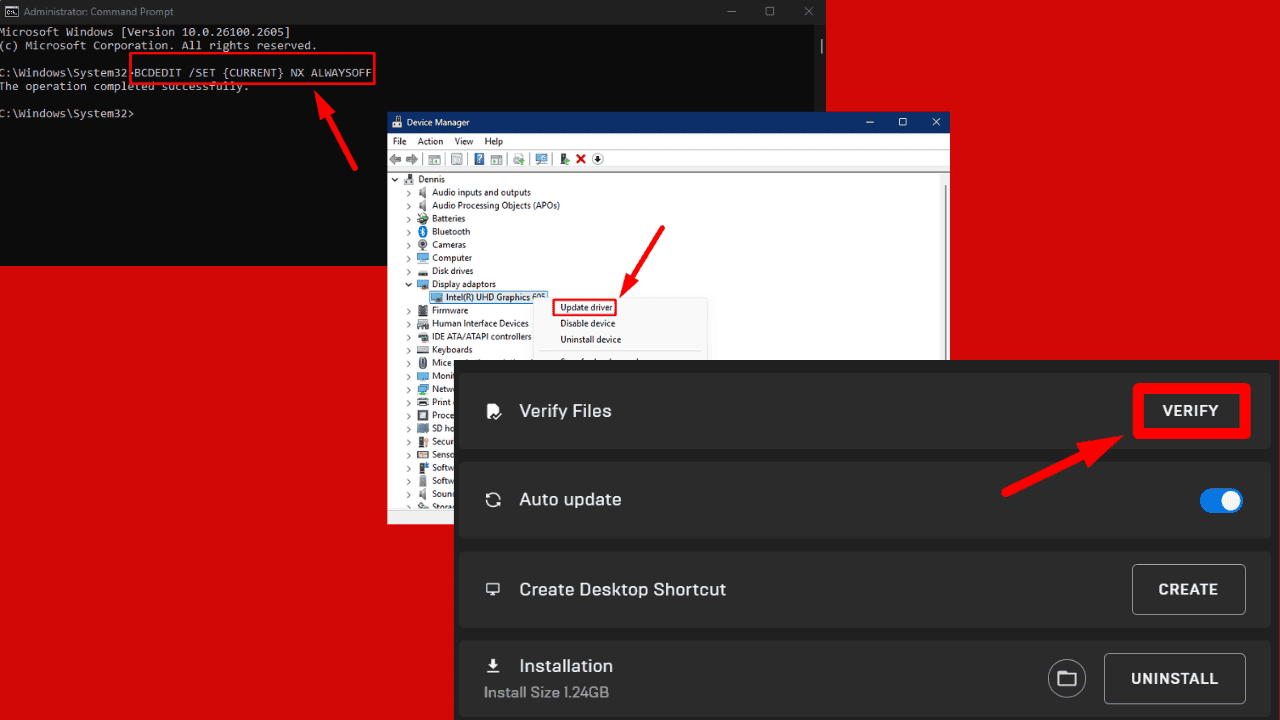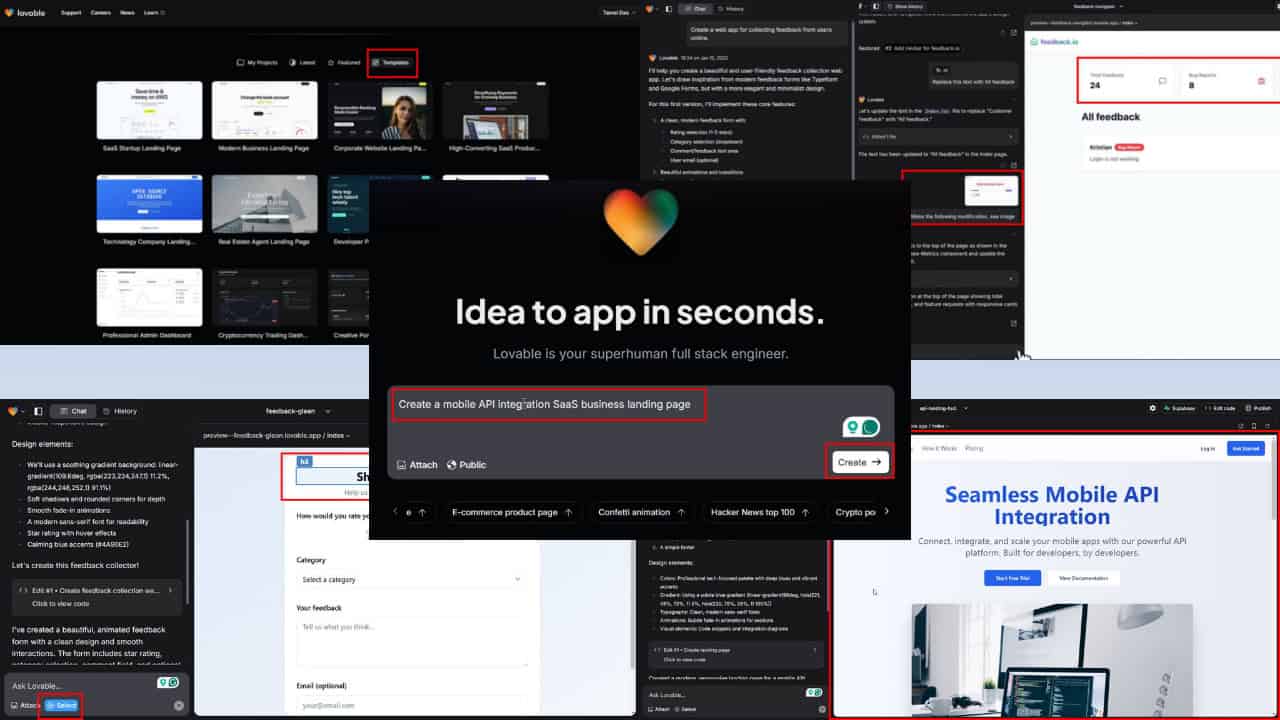Microsoft Placed In The Leaders Category Of Gartner's Magic Quadrant For Corporate Telephony
3 min. read
Published on
Read our disclosure page to find out how can you help MSPoweruser sustain the editorial team Read more
In the recently released 2014 Magic Quadrant for Corporate Telephony, Microsoft was placed the leaders category. This Magic Quadrant reviews corporate technology vendors that design, manufacture and distribute on-premises corporate telephony solutions for 1,000 or more users.
The following was mentioned about Microsoft in the report,
Microsoft is the seventh-largest corporate telephony vendor with 5.1% of the global market in 2013 with significant annual growth of 106% in 2013. Microsoft continues its strong growth in 2014 and is being chosen by more enterprises as their strategic corporate telephony platform.
Microsoft continues to develop Lync as a corporate telephony solution, although organizations generally select it initially for presence, instant messaging (IM) and conferencing needs, and then evaluate it as a replacement for their legacy PBX platforms. The architecture for Lync is highly scalable, with references of 200,000 users. Microsoft has a strategy of delivering software-only solutions and creating an ecosystem of partners to provide solutions such as desktop phones, media gateways, session border controllers (SBCs) and paging systems. The all-software strategy enables Microsoft to deliver a market-leading UC platform with strong messaging, conferencing, presence, telephony and mobile functionality. At the same time, enterprises must work with multiple vendors when deploying a Microsoft telephony solution.
Choosing the right Microsoft partners is critical to providing features and high availability required for corporate telephony. The addition of communications competency in the Lync partner program will help users validate partner competencies, specifically for telephony and UC. There are currently 79 certified Lync support partners worldwide, ranging from the large telecom operators and system integrations to regional or country-specific value-added resellers.
Lync 2013 represents an important step to adding further high-availability support and integrating voice, video and content sharing to Lync Mobile clients on Windows Phone, iOS and Android operating systems. Lync is a strategic UC choice for many organizations, and potentially an alternative to replace legacy PBX installations.
Strengths
- Organizations with a Microsoft volume licensing agreement usually consider Lync financially competitive compared with other telephony solutions for basic telephony needs. This is especially true if the enterprise primarily adopts, or plans to adopt, softphones and deploys few desktop phones.
- Microsoft has strong brand awareness for UC. It deploys Lync for IM, voice, video and Web conferencing. The company is building a strong global portfolio of Lync partners to help clients execute on telephony and UC strategies.
- The Lync 2013 mobile client works on Microsoft, Apple and Android operating systems and is a strong solution for those enterprises seeking a UC and telephony client for their mobile devices.
- Skype integration enables Microsoft to offer multiple tiers of service for those seeking an enterprise-grade and a best-effort service that competes with other freemium services from Google, Zoom and Fuze.
Cautions
- Without a volume licensing agreement, Gartner clients indicate Lync is not financially competitive compared with other telephony solutions, especially for a user base that demands desktop phones.
- The complexity of Microsoft Lync telephony installation and support deters some enterprises from migrating from legacy PBX systems, which satisfy basic telephony needs.
- Gartner clients report challenges in providing high availability with Microsoft Lync for basic telephony. Poor call quality, dropped calls and system outages plague some implementations that did not utilize a qualified Microsoft Lync integrator.
- Availability of Microsoft Lync telephony features depends on the third-party desk phones. Clients report limitations associated with features such as music on hold, multiple appearances of the same directory number on the same phone, local intercom calling between managers and staff, and recording calls.
Source: Office Blogs









User forum
0 messages